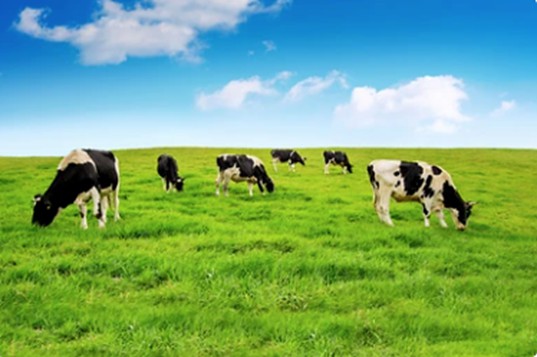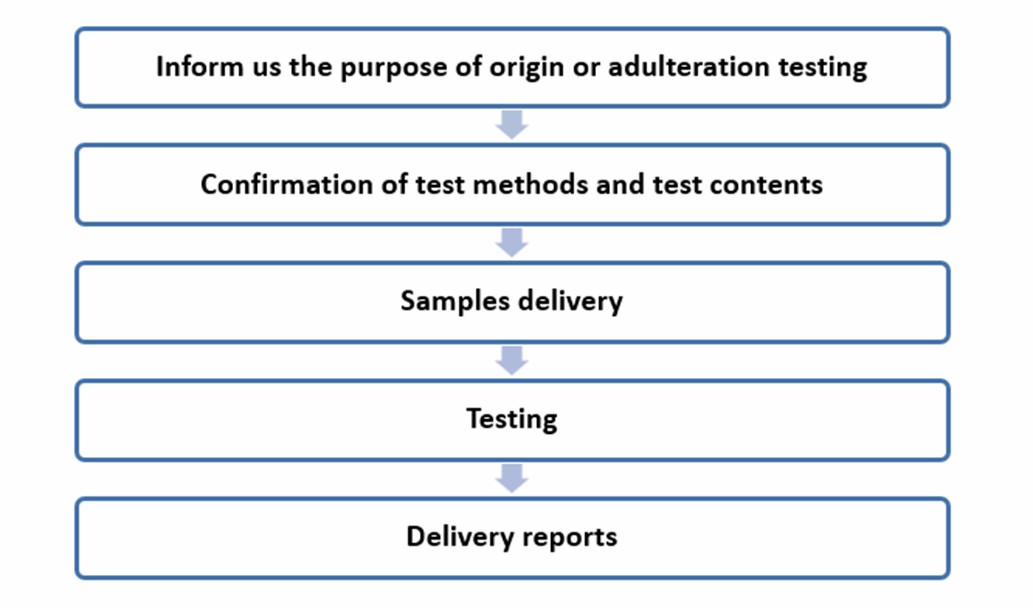
Certification of the quality of milk and milk products is important to regulators, processors, retailers, and consumers. The complexity of the composition of milk and milk products and the increase in adulterations make certification difficult. Common adulterations include milk from other places, milk from other animal species, plant milk, and several other substances, such as water, melamine, and urea. Lifeasible offers services to help detect the geographical origin and species origin of milk and milk products, detect adulteration, and certify quality.
Detect the species origin and adulteration of milk and milk products
We help determine the specific species origin of milk and milk products, including sheep, cattle, cow, camel, and horse. We also help test milk and milk products for the presence of ingredients of plant origin. We help with adulteration detection. We help detect adulteration with water, urea, melamine, and other substances that reduce the quality and safety of milk and milk products. We use a variety of methods to help detect this. Please click to see our detailed testing content and testing methods.
Detect the geographical origin of milk and milk products
With the globalization trade of milk and milk products, some high-quality products with a geographical specific origin are often counterfeited for high profits. Based on consumer demand for transparency, there is a need for a clear indication of geographical origin. We help determine the geographical origin of milk and milk products through various specialized analytical methods. Not only do we use conventional methods such as chromatographic and spectroscopic to determine the geographic origin, but we also offer other better auxiliary methods to determine geographic origin.
Stable isotope analysis:
Stable isotope analysis involves measuring the ratios of stable isotopes (such as carbon, nitrogen, oxygen, and sulfur) in milk and milk products. Different geographical origins have different isotopic compositions due to differences in environmental factors such as soil composition, climate, and altitude. By comparing the isotopic composition of the milk product with known reference values for geographical origins, it is reliable to determine the likely origin of the milk.
Elemental analysis:
The elemental analysis involves measuring the concentrations of various elements in the milk product. Different geographical origins can affect the elemental composition of the milk. Some elements, such as rubidium (Rb), Thallium (Tl), Barium (Ba), and Molybdenum (Mo), are the critical markers for verifying geographical origin.
DNA analysis:
DNA analysis involves identifying unique genetic markers in the milk and milk products specific to certain geographical origins or breeds of cows. By comparing the DNA profile with known reference values for geographical origins or breeds, we can help determine the geographical origin.
Component analysis or fingerprinting:
We help analyze the protein content, fat content, and other unique components contained in milk and milk products from specific geographic origins to help determine the geographic origin. The methods we commonly use include gas chromatography, liquid chromatography, Fourier transform infrared (FTIR) spectroscopy, nuclear magnetic resonance (NMR) spectroscopy, and Mid-infrared (MIR) spectroscopy.
Note: Combining these methods is more reliable for determining the geographical origin of milk and milk products.

Lifeasible specializes in milk and milk product-related testing. We provide origin and quality testing for milk and milk products. We have the expertise, advanced testing equipment, and extensive testing experience. Please do not hesitate to contact us.
References
Lifeasible has established a one-stop service platform for plants. In addition to obtaining customized solutions for plant genetic engineering, customers can also conduct follow-up analysis and research on plants through our analysis platform. The analytical services we provide include but are not limited to the following:
STU-CRISPR System Improves Plant Genome Editing Efficiency
April 19, 2024
Application of Exosomes in Facial Beauty
April 12, 2024